CAT-6 cables are known for their numerous uses in data transmission and network connections, but is it an expensive material to use? Here, we’ll break down material, labor, and additional factors impacting the overall cost.
Let’s delve into a comprehensive analysis of what influences the expenditure of deploying CAT-6 cables in various settings.
How Much Does It Cost to Run CAT-6 Cable?
CAT-6 installation expenses vary widely. On average, it costs $2,000 to $5,000. For around $3,800, get 2,000 ft. of cable, eight drops expertly installed. For basic setups, spending $200 covers 100 ft. with one drop.
For extensive systems, expenses can reach $10,000 for 5,000 ft., ten drops, modems, routers, and hardware.
What is a CAT-6 Cable?
A CAT-6 cable, short for Category 6 cable, is a type of Ethernet cable used for networking purposes. It’s designed to transmit data at higher speeds and with reduced interference compared to older cable categories like CAT-5e.
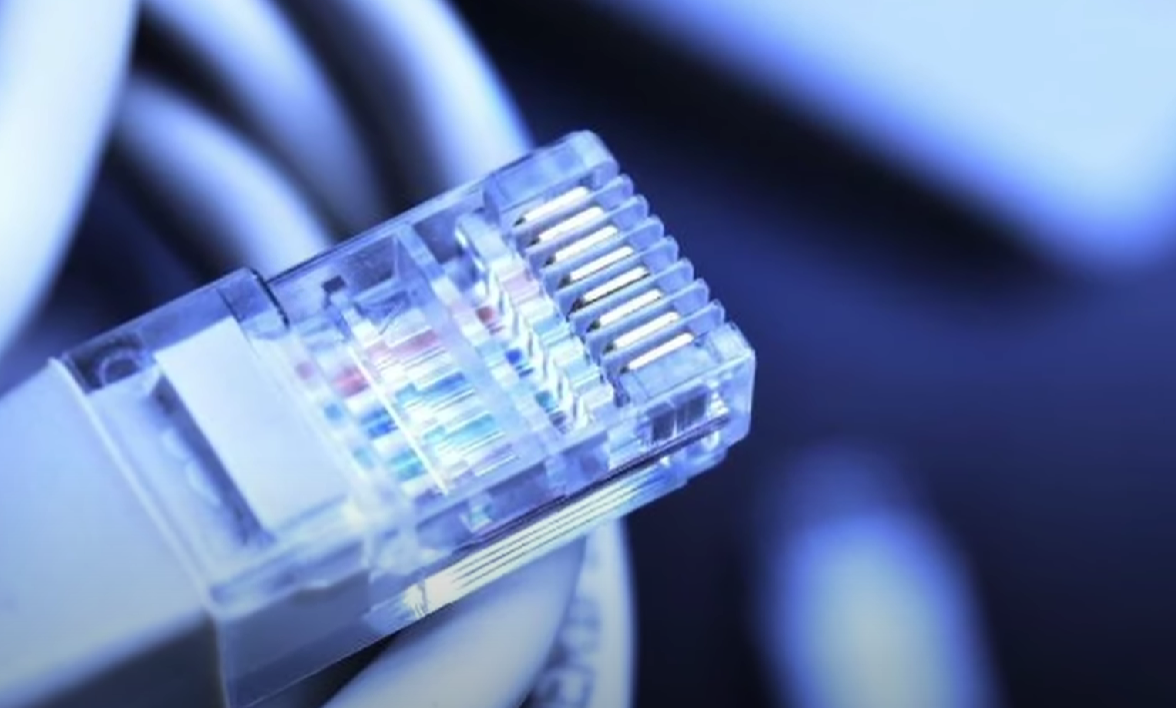
What Are CAT-6 Cables Used For?
In the realm of networking and data transmission, CAT-6 cables hold a significant role due to their improved performance and capabilities compared to their predecessors.
These cables find extensive application in various settings where reliable and high-speed data transfer is essential. Understanding the diverse uses of CAT-6 cables sheds light on their importance across different industries and environments.
Local Area Networks (LANs)
CAT-6 cables are commonly used in local area networks (LANs) to connect devices within a confined geographic area such as offices, homes, or schools. They enable fast and stable data transmission between computers, printers, servers, and other networked devices.
CAT-6 cables enhance the efficiency of LANs, making them ideal for environments where multiple devices need to communicate seamlessly.
Internet Connectivity
CAT-6 cables are often employed to establish internet connections in both residential and commercial settings. They facilitate high-speed internet access, ensuring that users can enjoy uninterrupted online activities such as streaming, browsing, and online gaming.
CAT-6 cables contribute to a smoother online experience by minimizing lag and latency issues.
Video Streaming and Multimedia Applications

The higher bandwidth capacity of CAT-6 cables makes them well-suited for multimedia applications. They are capable of transmitting high-definition video content and large media files with minimal signal degradation.
This quality is particularly crucial for video conferencing, online video streaming platforms, and digital signage installations.
VOIP (Voice Over Internet Protocol) Telephony
CAT-6 cables support VoIP technology, enabling the transmission of voice communication over the Internet. This technology is widely used in business communication systems, providing cost-effective and efficient means of conducting voice calls and conferences.
Data Centers
In data center environments, where the demand for high-speed data transmission is paramount, CAT-6 cables play a crucial role. They connect servers, switches, storage devices, and other critical components, ensuring the seamless flow of data within the data center infrastructure.
Smart Home and IoT Devices
As smart home technology and the Internet of Things (IoT) continue to proliferate, the need for reliable and fast connectivity within homes is on the rise. CAT-6 cables provide the necessary infrastructure to support interconnected smart devices such as security cameras, smart thermostats, and home automation systems.
Business and Industrial Applications
CAT-6 cables are utilized in various business and industrial applications that require efficient data communication. From manufacturing facilities and warehouses to retail outlets and offices, CAT-6 cables enable the transfer of critical data, surveillance feeds, and communication between different departments and systems.
Educational Institutions

Schools and universities rely on CAT-6 cables to establish reliable networks for educational purposes. These cables facilitate e-learning platforms, online assessments, collaborative projects, and administrative functions, contributing to a modern and technologically advanced learning environment.
Medical Facilities
In healthcare settings, CAT-6 cables are used to establish robust communication networks that support medical equipment, electronic health records, and telemedicine applications.
These cables help ensure that crucial patient data is transmitted accurately and securely.
What is the Cost of CAT-6 Cables Per Foot?
CAT-6 cable costs around $0.15 to $0.25 per foot, influenced by brand and quality. Length-wise, it’s advisable to stay within 300 feet for optimal performance, as copper wires in Ethernet cables lose reliability beyond that. Installation expenses vary based on the required time.
What is the Average Cost Per CAT-6 Cable Drop?
CAT-6 cabling costs approximately $125 to $250 per data drop, covering both materials and labor. The pricing method often involves a per-drop basis, meaning a cable is extended to each network point where devices are connected.
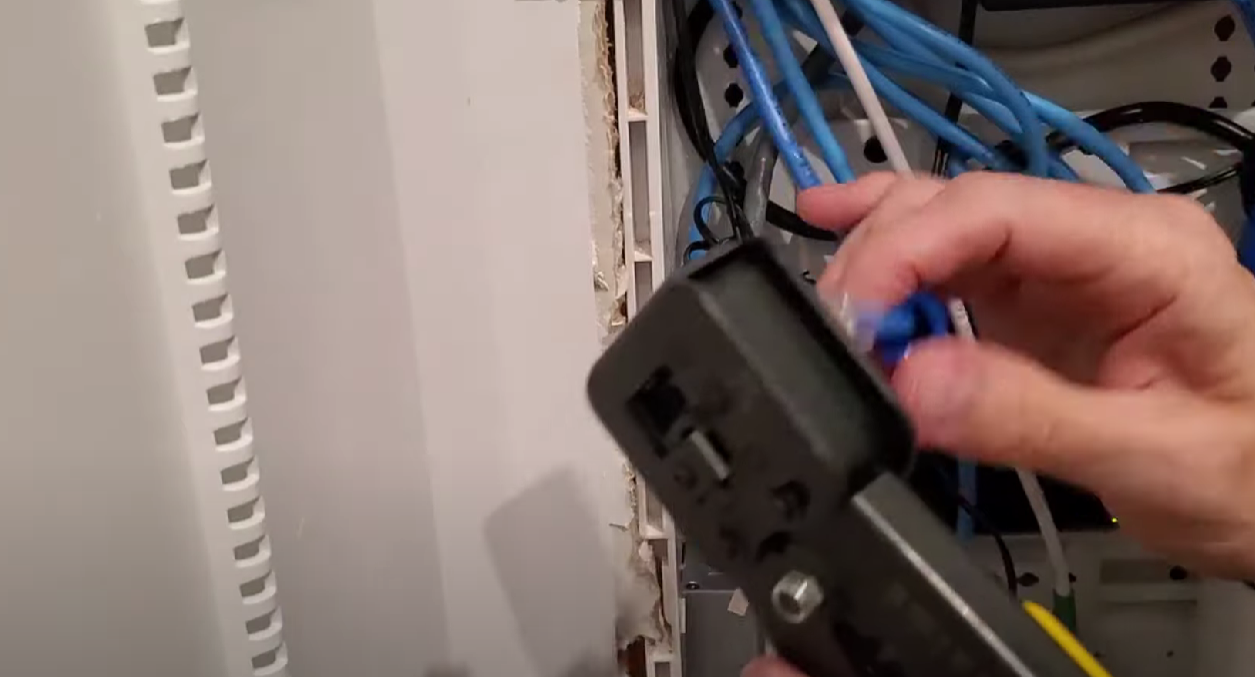
For instance, a router setup could be one drop, while connections for other devices might be separate drops. Consult your technician to accurately assess your needs and costs.
What is the CAT-6 Cable Price by Type?
CAT-6 cabling averages $150 to $250 for 1,000 feet ($0.15 to $0.25 per foot). Two CAT-6 types are standard – CAT-6 and CAT-6a. But, there’s also CAT-6e, not an industry norm, aiming to double the 250MHz frequency. Despite its non-standard status, CAT-6e is marketed as a high-end choice.
What is the Cost to Install CAT-6 Cable Per Hour?
For the typical $3,800 house cabling expense, about $1,500 covers materials, leaving the rest for labor. Installing 2,000 ft. plus connections takes 40 to 48 hours. Labor rates vary, averaging $45 to $75 per hour. Some may charge per drop instead of hourly for specific setups.
What is the CAT-6 Cable Installation Cost by Company?
Installing CAT-6 by an Internet provider averages $90 to $120 per drop or run, depending on factors like cable length and network drops. Comcast charges $90 to $150, while Time Warner costs $100 to $120 per run.
Cable amount, drops, and line type impact pricing. Some providers may waive fees, using local contractors for setup.

What Are the Cost-Related Factors of Running a CAT-6 Cable?
When considering the installation of CAT-6 cables, several factors come into play that influence the overall cost of the project. These factors range from the type of cable used to the complexity of the installation process.
Understanding these variables can help individuals and businesses better budget for their networking needs.
Cable Type and Quality
The type and quality of CAT-6 cable chosen play a significant role in determining the cost. CAT-6 cables come in various categories, including CAT-6, CAT-6a, and even non-standard options like CAT-6e. Each category offers different performance levels, with higher categories generally offering better speed and reduced interference.
Consequently, the price of the cable increases with its performance capabilities. Standard CAT-6 cables are generally more affordable, while CAT-6a, which provides enhanced shielding and higher data rates, tends to be pricier.
Non-standard options like CAT-6e, while not industry-recognized, can command premium prices due to their touted performance benefits.
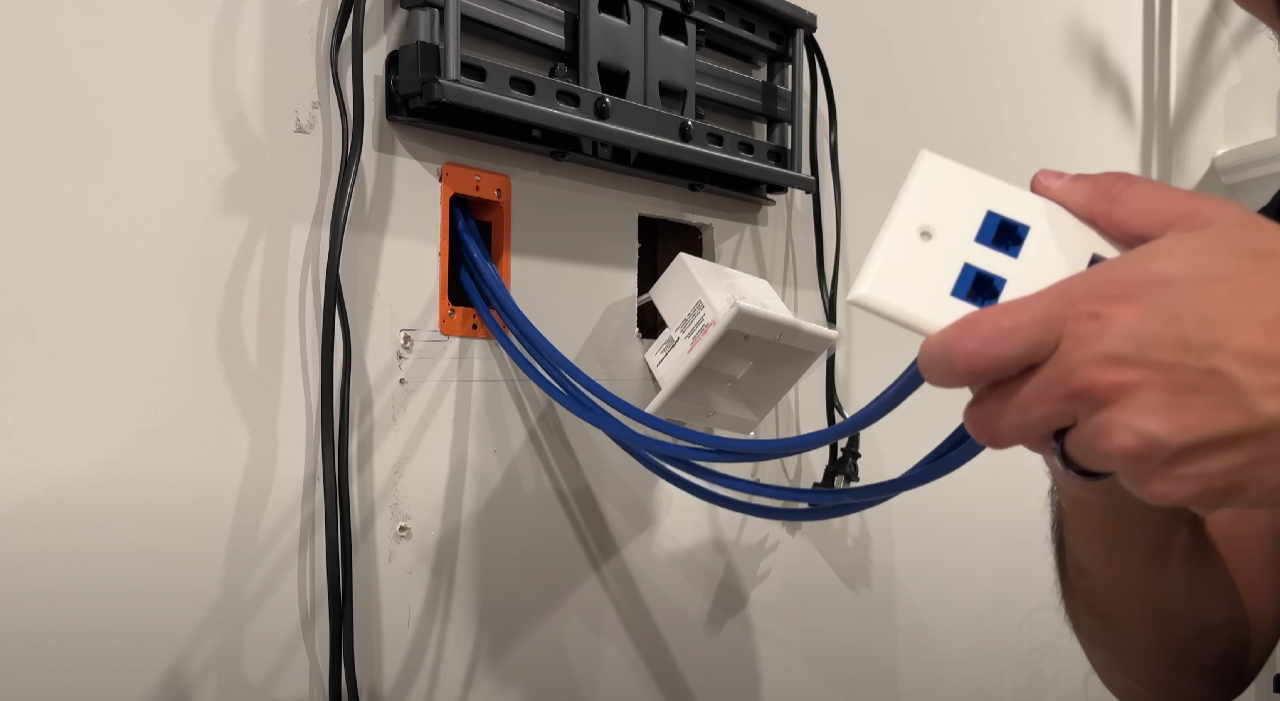
Cable Length and Drops
The length of cable required and the number of drops in the network significantly impact costs. Longer cable runs require more materials, which contributes to higher expenses.
Additionally, each drop, which refers to a connection point in the network, adds to the labor and material costs. Factors such as routing the cable through walls, ceilings, or conduits can further increase the complexity of the installation, affecting both labor and material expenses.
It’s essential to accurately assess the cable length and number of drops needed to avoid underestimating the overall cost.
Labor Costs
The labor costs associated with CAT-6 cable installation constitute a substantial portion of the overall expenses. Labor expenses cover the time and expertise required to properly install the cables, terminate connections, and ensure the network’s functionality.
The complexity of the installation, including factors such as the site’s layout, the need for specialized tools, and any unforeseen challenges, can influence labor costs.

Additionally, the hourly labor rates of technicians can vary widely based on location, experience, and the service provider.
Installation Method and Complexity
The method of installation and its complexity directly impact the cost. Traditional surface-mounted installations may be more straightforward and less expensive than concealed installations that require running cables through walls or conduits.
Concealed installations involve more labor-intensive work, potentially raising the overall expenses due to the additional time and effort required to ensure a clean and professional appearance while complying with safety and building codes.
Provider and Additional Services
Opting for CAT-6 cable installation services from an Internet Service Provider (ISP) introduces another layer of variability in costs. Different ISPs offer varying rates for installation services, and some may even bundle the installation costs with subscription packages.
However, the convenience of using an ISP’s services may come with a premium price tag. Additionally, some ISPs may choose to outsource installations to local contractors, potentially affecting costs and service quality.
It’s crucial to thoroughly research the options available and their associated costs before making a decision.
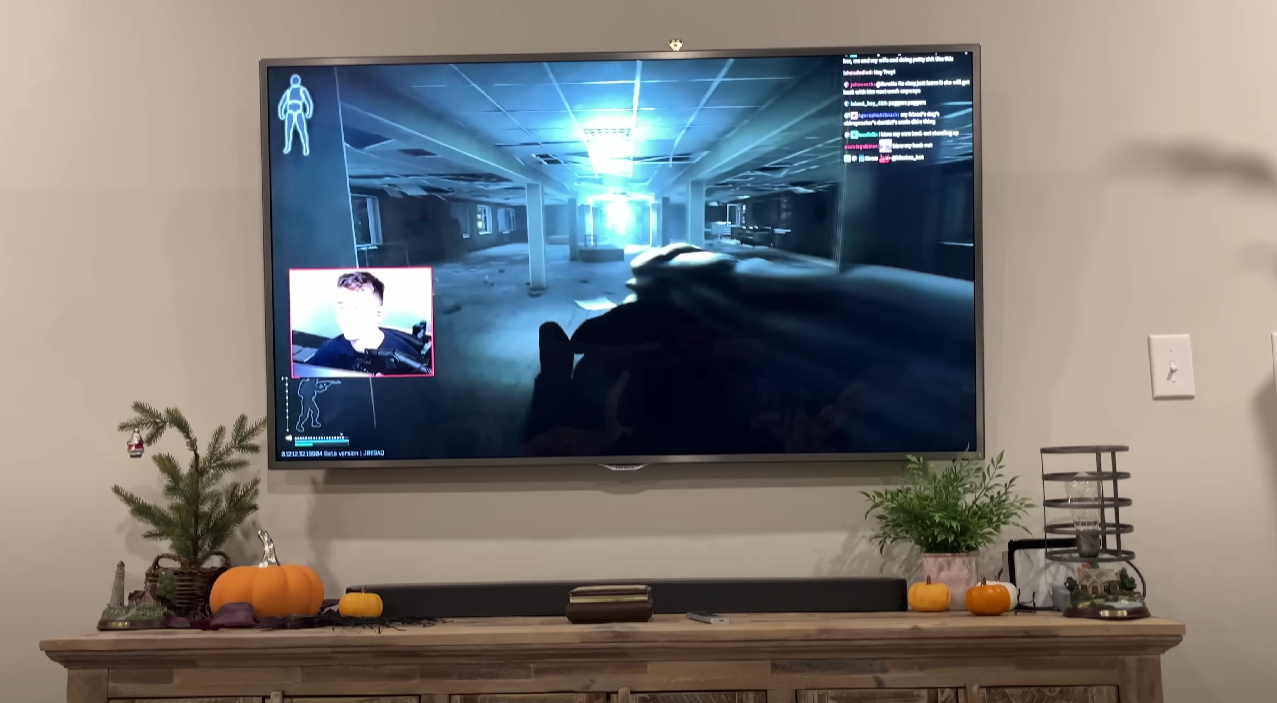
Additional Equipment and Accessories
While the core cost revolves around the cable itself and its installation, additional equipment and accessories can contribute to the overall expenses. This includes connectors, wall plates, patch panels, network switches, and other hardware required to establish a fully functional network.
The quality and brand of these components can vary widely, impacting their costs and, consequently, the overall project budget.
Geographic Location
Geographic location also plays a role in determining the cost of CAT-6 cable installation. Labor rates, material costs, and regulations can differ from one region to another.
Urban areas with higher costs of living and increased competition among service providers might have different pricing structures compared to rural or less densely populated regions.
What Are the Additional Considerations and Costs of Running a CAT-6 Cable?
When embarking on the journey of installing CAT-6 cables, there are several essential factors beyond the basic cost components that warrant careful consideration.
These considerations encompass everything from equipment compatibility to future-proofing the network infrastructure. Exploring these aspects can lead to a more informed decision-making process and a more successful CAT-6 cable installation project.
Equipment Compatibility
Before diving into a CAT-6 installation, it’s crucial to ensure that the existing equipment is compatible with CAT-6 cables. While CAT-6 cables are backward-compatible with CAT-5 and CAT-5e connectors, they can only perform at the lower standard’s capabilities.

Upgrading equipment, such as routers, switches, and network interface cards, to support the higher data rates of CAT-6 can maximize the cable’s potential and provide a seamless networking experience.
Future-Proofing and Performance
Investing in CAT-6 cabling can be a strategic move to future-proof your network. CAT-6 offers higher data rates and reduced signal interference, making it suitable for handling the increasing demands of modern applications such as high-definition video streaming, online gaming, and data-intensive tasks.
While the upfront costs of CAT-6 installation might be higher compared to older cable types, the long-term benefits in terms of performance and adaptability can outweigh the initial expenses.
Cable Management and Aesthetics
Effective cable management is not just about functionality; it also contributes to the aesthetics of the installation. Neat and organized cable routing not only enhances the appearance of the space but also makes maintenance and troubleshooting more manageable in the future.
Investing in cable management solutions such as cable clips, cable trays, and wall mounts can add to the overall cost but ensure a cleaner and more professional-looking installation.
Network Expansion and Flexibility
Considering the potential for network expansion is vital when installing CAT-6 cables. As technology evolves, the need for additional devices and connections may arise.
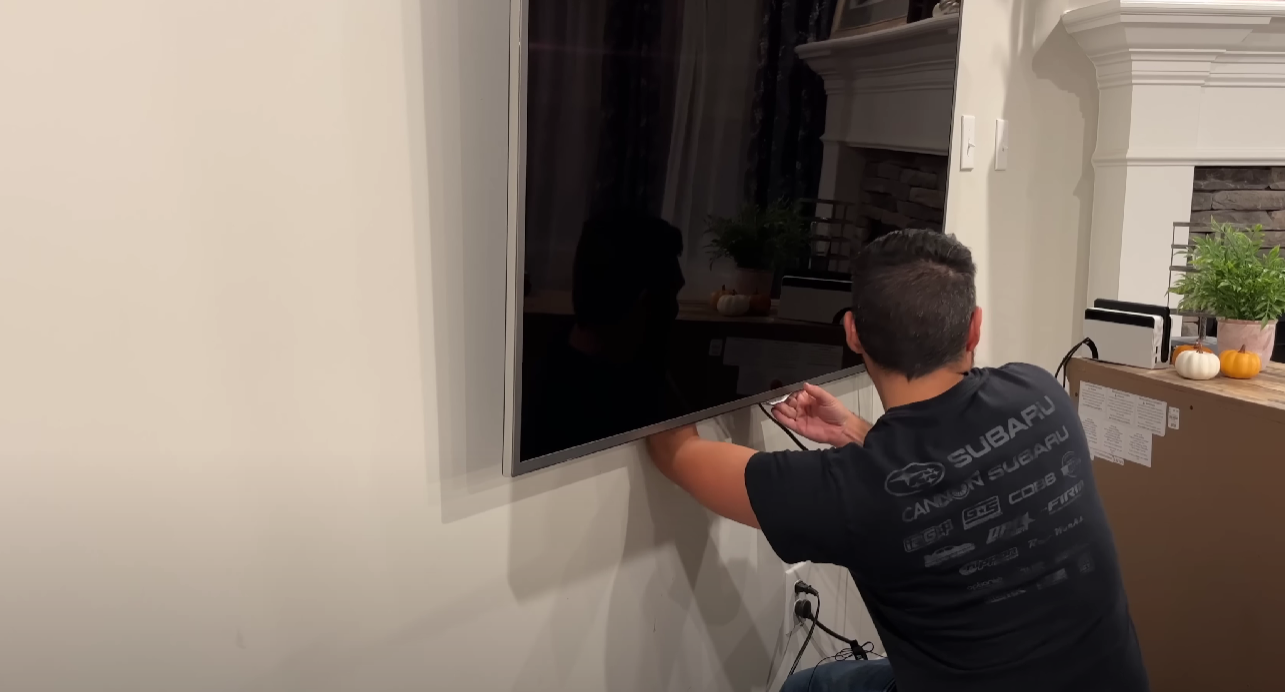
Designing the installation with expansion in mind, such as leaving extra cable slack and considering future drop locations, can save costs and effort down the line.
Planning for future growth ensures that the network can easily accommodate new devices and services without the need for extensive modifications.
Professional Installation Versus DIY
While some individuals might be inclined to undertake a DIY approach for cost-saving reasons, professional installation offers several advantages. Experienced technicians possess the expertise to ensure proper cable termination, accurate signal testing, and adherence to safety and building codes.
Attempting a DIY installation, especially in complex settings, can lead to errors that result in increased expenses for repairs and re-installation.
Warranty and Support
Reputable cable manufacturers often provide warranties for their products, ensuring that the cables meet industry standards and are free from defects. Investing in cables from established brands might have a slightly higher upfront cost but assures reliable performance.
In the event of any issues, warranties and manufacturer support can be valuable in minimizing downtime and repair costs.
Compliance With Regulations
Different regions might have regulations and codes related to cable installation, especially for concealed wiring within walls or ceilings. Adhering to these regulations not only ensures safety but can also prevent costly fines or rework due to non-compliance.
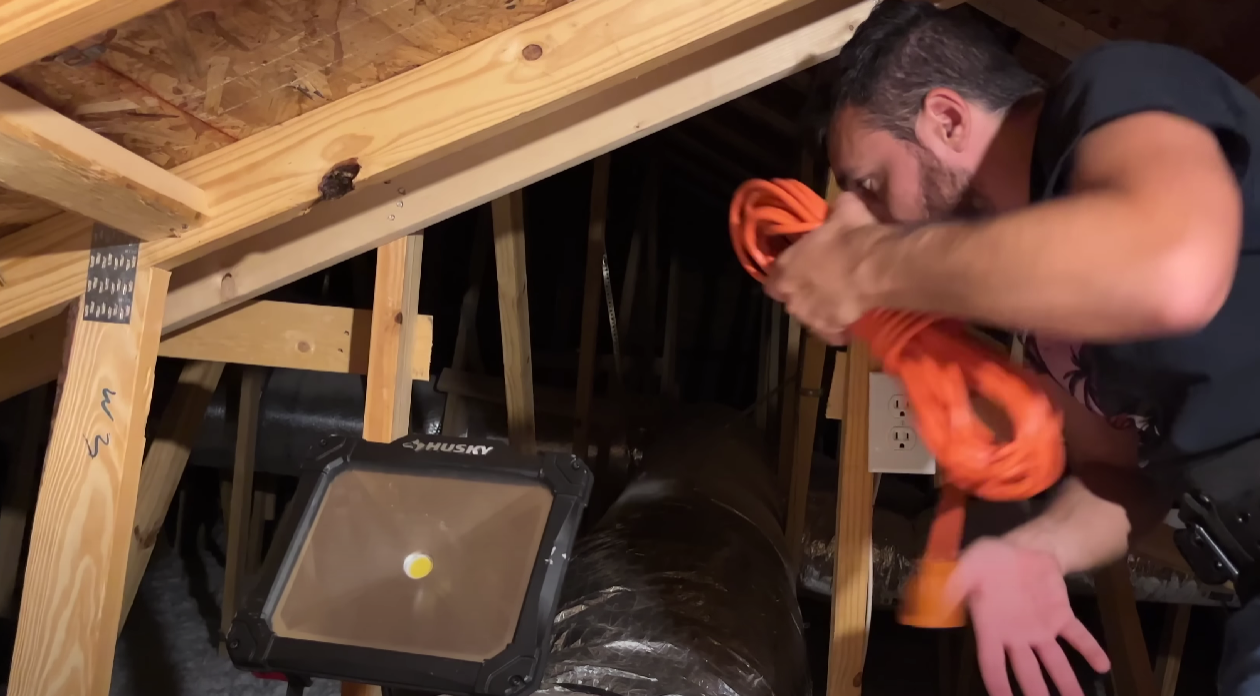
Consulting local building codes and regulations before installation can help avoid unforeseen expenses.
Maintenance and Upkeep
While the initial cost of CAT-6 installation is a significant consideration, ongoing maintenance and upkeep expenses should not be overlooked. Regular maintenance, periodic cable testing, and addressing any issues promptly can extend the lifespan of the network and prevent unexpected repair costs.
Budgeting for occasional cable testing and maintenance can contribute to the long-term cost-effectiveness of the installation.
What Are the Pros and Cons of Running a CAT-6 Cable?
As technology continues to advance and demand for faster and more reliable data transmission grows, the choice of cabling infrastructure becomes increasingly important.
CAT-6 cables, known for their enhanced performance compared to their predecessors, offer a range of benefits but also come with their own set of limitations.
Exploring the pros and cons of running CAT-6 cables can help individuals and businesses make informed decisions when it comes to networking and connectivity solutions.
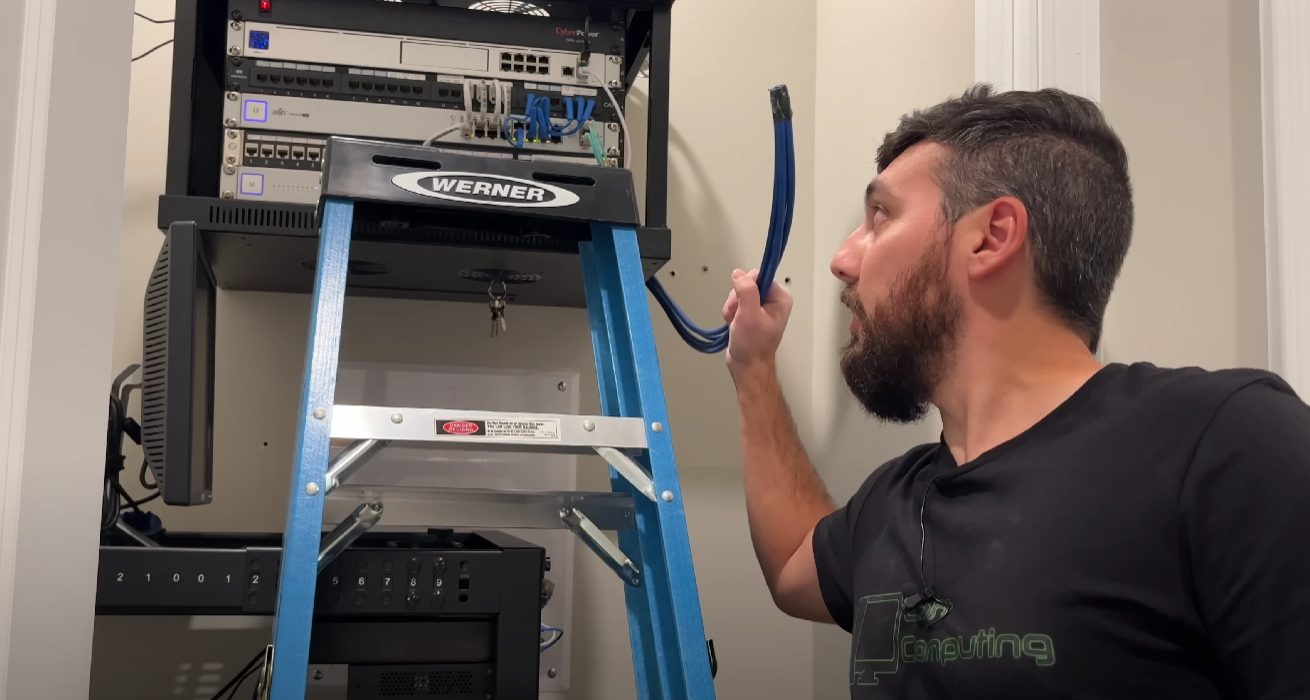
Pros
Higher Data Transfer Rates
One of the primary advantages of CAT-6 cables is their ability to support higher data transfer rates compared to previous cable categories. With a bandwidth capacity of up to 250 MHz, CAT-6 cables can handle more data traffic, making them suitable for bandwidth-intensive applications like high-definition video streaming, online gaming, and large file transfers.
Reduced Signal Interference
CAT-6 cables are designed with improved insulation and tighter twists in the cable pairs, which helps to reduce electromagnetic interference (EMI) and crosstalk.
This results in clearer and more reliable signal transmission, even in environments with a high density of electronic devices and cables.
Better Performance Over Longer Distances
CAT-6 cables offer better performance and signal integrity over longer distances compared to their predecessors like CAT-5e. This makes them suitable for larger homes, offices, or commercial spaces where cable runs may extend beyond 100 meters without experiencing significant signal degradation.
Future-Proofing
Investing in CAT-6 cabling provides a level of future-proofing for network infrastructure. As technology evolves and data demands increase, CAT-6 cables can accommodate higher data rates and emerging applications, ensuring that the cabling infrastructure remains relevant for years to come.
Backward Compatibility
CAT-6 cables are backward-compatible with CAT-5 and CAT-5e connectors, which means they can be used in existing network setups without the need for complete overhauls.

This allows for a smooth transition to CAT-6 without the need to replace all existing equipment immediately.
Cons
Higher Installation Costs
While CAT-6 cables offer enhanced performance, their installation costs can be higher compared to older cable categories. The additional materials, labor, and expertise required for proper installation can contribute to a more significant upfront investment.
Limited Advantage With Standard Internet Speeds
For everyday internet usage and standard speeds offered by most Internet Service Providers (ISPs) [1], the benefits of CAT-6 cables may not be fully realized. CAT-5e cables can often handle these speeds adequately, making the upgrade to CAT-6 less essential for basic home networking.
Compatibility Considerations
CAT-6 cables require compatible networking equipment, including routers, switches, and network interface cards, to fully leverage their performance capabilities.
Upgrading all relevant equipment can add to the overall cost of the networking project.
Unnecessary for Small Networks
For small-scale networks with minimal data traffic and shorter cable runs, the advantages of CAT-6 cables might not justify the increased costs. CAT-5e cables can provide satisfactory performance for these scenarios at a lower expense.
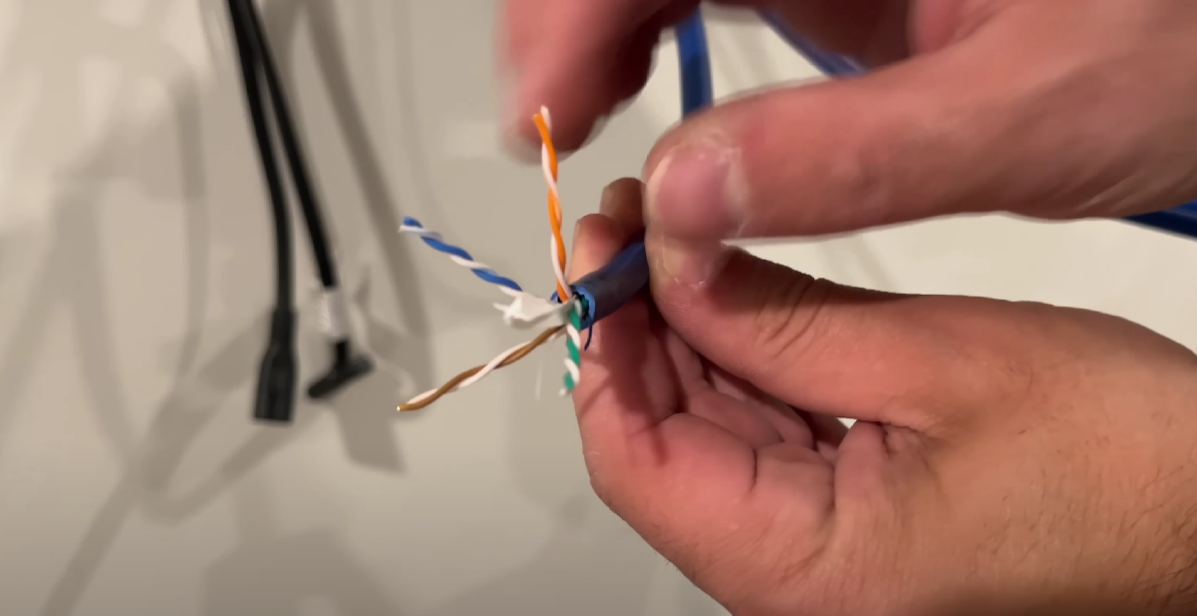
Limited Flexibility
The thicker gauge of CAT-6 cables can make them less flexible and more challenging to route in tight spaces or around corners. This can be a consideration in installations where cable flexibility is crucial.
Overkill for Older Hardware
Running CAT-6 cables in an environment with older networking equipment that cannot fully utilize their capabilities might be overkill. Without compatible hardware, the benefits of CAT-6 cables may not be fully realized.
Is It Worth Installing a CAT-6 Cable?
Installing a CAT-6 cable is worth considering for environments with high data demands and future growth plans. While CAT-6 cables involve higher upfront costs compared to older cable categories, they offer advantages like higher data transfer rates, reduced interference, and better performance over longer distances.
This makes them suitable for applications like video streaming, online gaming, and data-intensive tasks. However, for basic internet usage and smaller networks, the benefits might not be fully realized, and CAT-5e cables could suffice.
Assessing the specific networking needs, potential for future expansion, and budget constraints will determine whether the investment in CAT-6 cables is worthwhile.
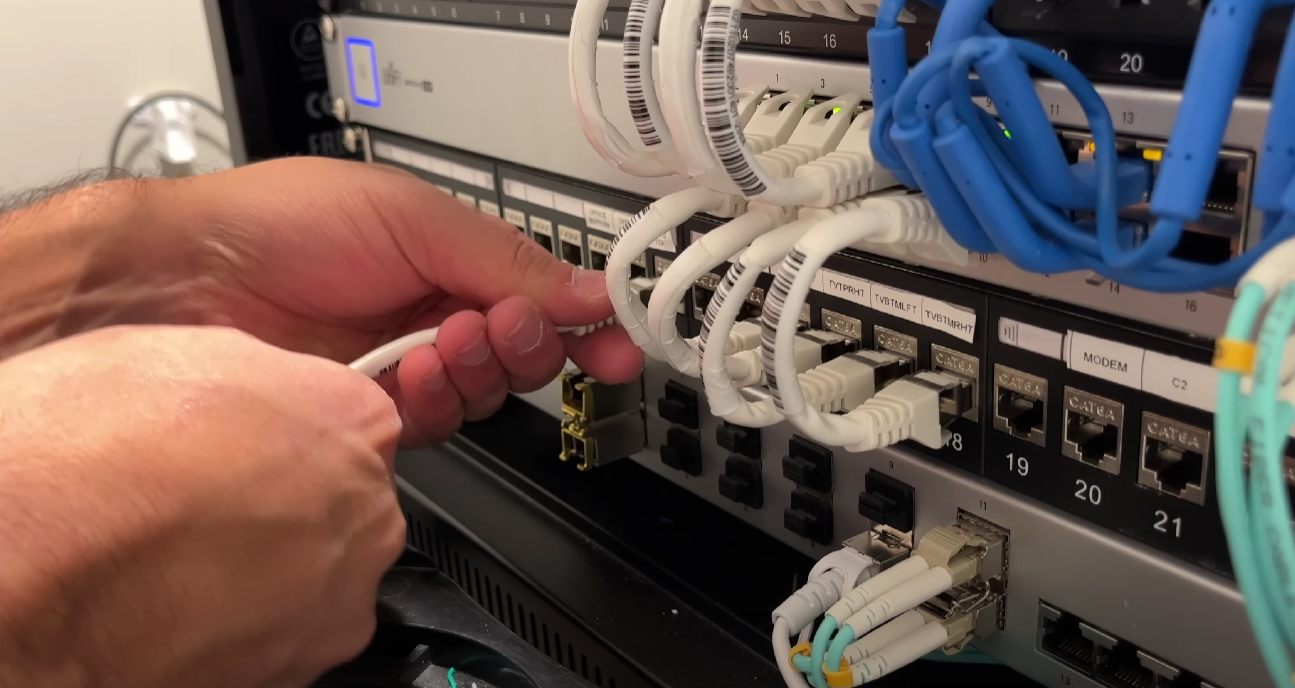
Is CAT-7 Cable Better Than CAT-6 Cable?
CAT-7 cables offer certain advantages over CAT-6 cables, but whether they are “better” depends on specific requirements. CAT-7 cables provide even higher data transfer rates and improved shielding, supporting frequencies up to 600 MHz compared to CAT-6’s 250 MHz.
This makes CAT-7 cables more suitable for demanding applications like 10 Gigabit Ethernet and beyond. Additionally, CAT-7 cables are more resistant to crosstalk and interference due to their shielding.
However, CAT-7 cables tend to be thicker and less flexible, making them less ideal for tight spaces. Moreover, CAT-7 cables are often more expensive than CAT-6 cables. The decision between the two depends on the intended use, budget, and willingness to accommodate the increased cable thickness.
If high data speeds, robust shielding, and reduced interference are paramount, CAT-7 could be a better choice; otherwise, CAT-6 might suffice for many typical networking needs.
Conclusion
Understanding the cost of running CAT-6 cable involves variables like cable type, length, and labor. While it offers enhanced performance, costs can vary based on setup complexity and additional equipment.
Evaluating these factors helps make informed decisions for a reliable and efficient network installation.

